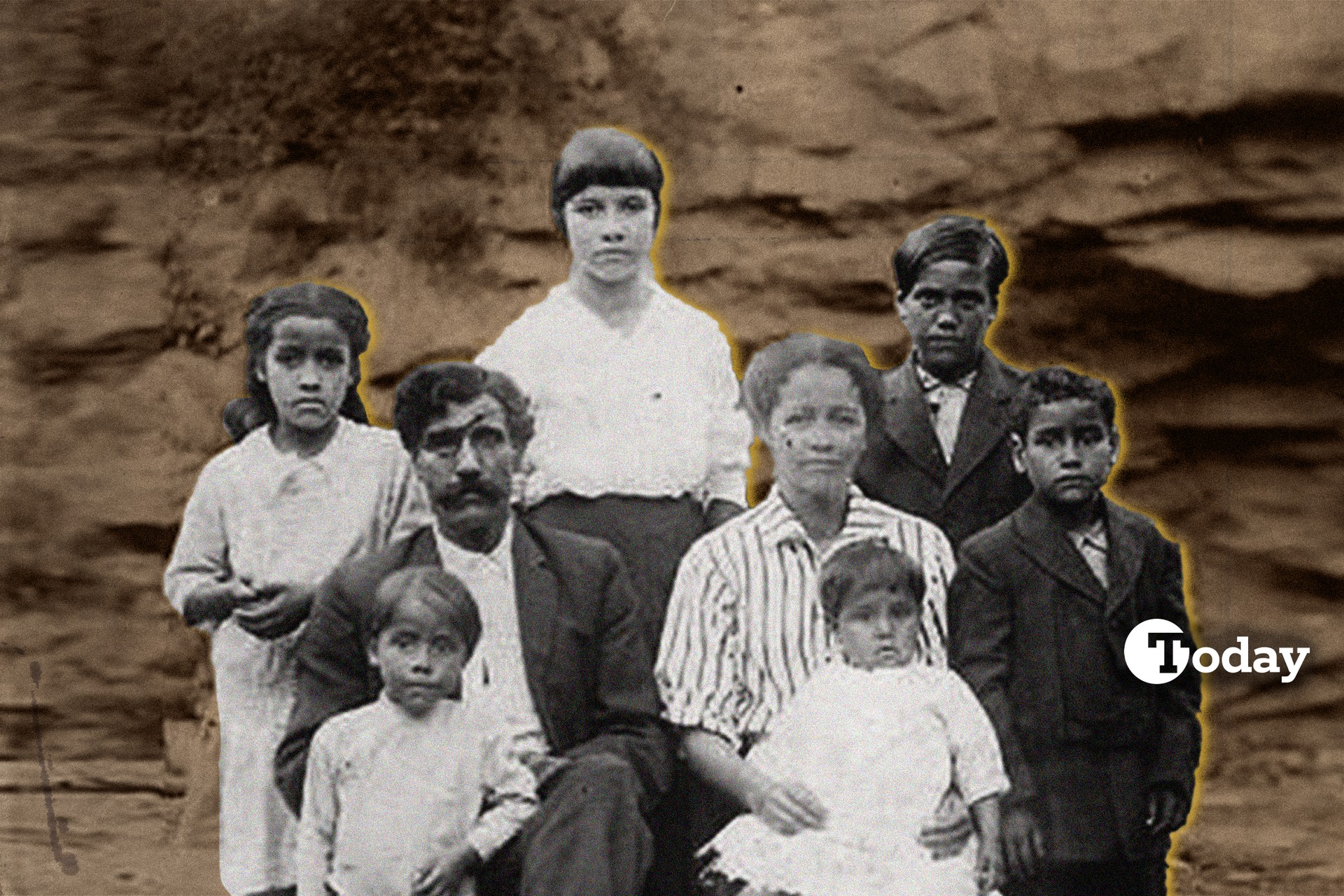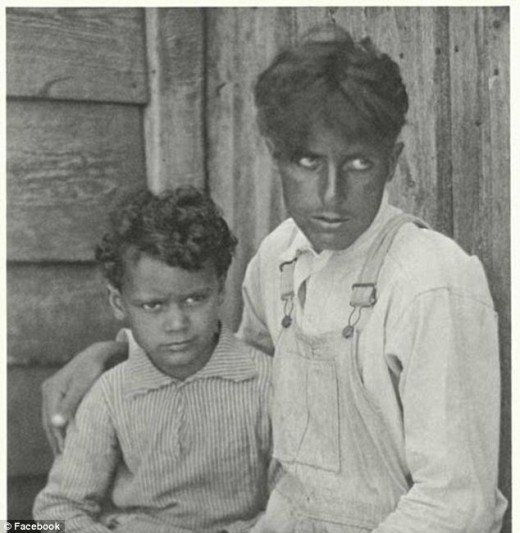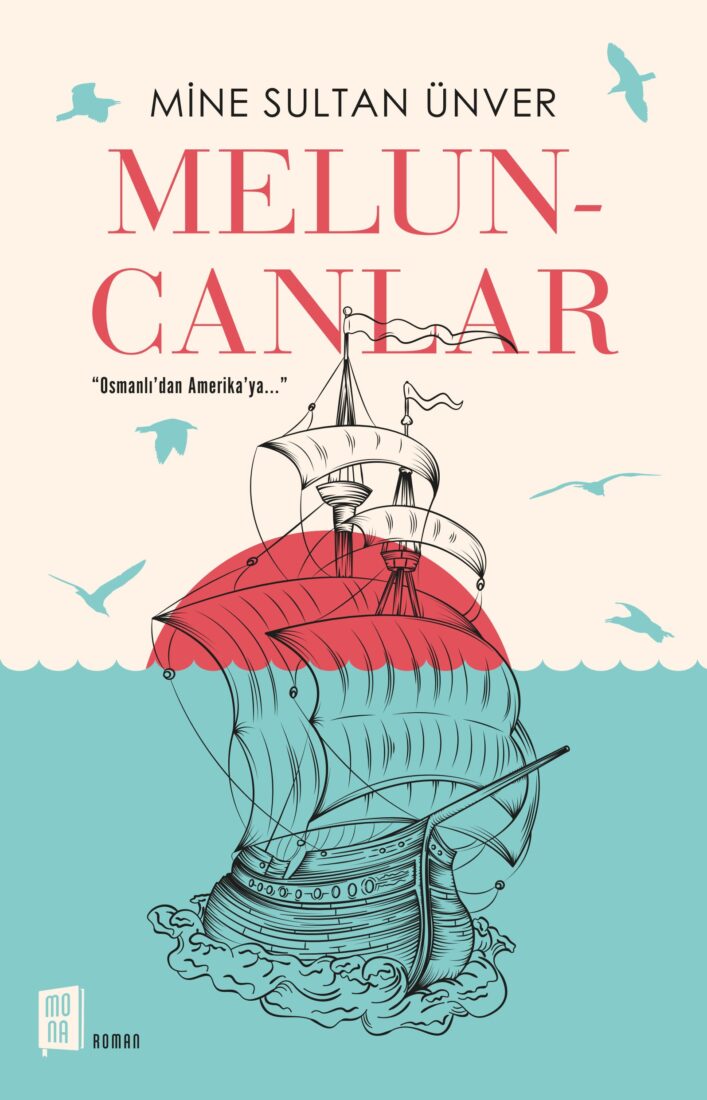
"Melungeons" is an antiquated derogatory term once commonly used across the Appalachia mountain range and region of the U.S. in reference to a mixed race of outcasts.
They are believed to be of Native American (Cherokee), African, Turkish, Portuguese, Spanish and other European descent.
Appalachia stretches between north and south from Canada to the U.S. states of Georgia and Alabama. Melungeons mostly inhabited the southern Appalachia region.
Limited information remains of this obscure and mysterious group that once was commonly referred to in the late 1600s and 1700s.
The majority of researchers over the years have concurred with the theory that the word derived from the Frenchmelange, meaning mixture. Another proposed theory for the origin of 'Melungeon' is the Afro-Portuguese termmelungo, supposedly meaning 'shipmate.' Yet another is the Greek term melan, meaning 'black.'
Other researchers have speculated that 'Melungeon' derives from the Turkishmelun can, (meaning 'cursed soul'), the Italianmelongena('eggplant,' referring to one with dark skin), or the old English term 'malengin' ('guile; deceit').
Melungeon Heritage Association

Britain's Sir France Drake (1540-1596) an explorer and sailor, the first Englishman to circumnavigate the world, would free captured Turkish sailors during his exploits.
In 1585, he would release some 100 Turkish Ottoman slaves in Cartagena in modern-day Colombia.
One year later, in 1586, several hundred Ottoman Turkish sailors were freed on Roanoke Island, North Carolina, once again by Francis Drake.
According to Turkish historian Berrak Kurtulus, "The Spanish and Turks were constantly engaged in naval warfare back in the Mediterranean and the Spanish regularly used (Ottoman Turkish) captives as galley slaves and general slave labor."
The other early trace of Turks in the United States dates back to the mid-1600s, whereby on at least two recorded occasions were Turkish laborers and Armenian skilled worm workers brought to Jamestown by The Virginia Company (1606-1624).
These two waves are believed to have contributed to the Turkish mix into the mysterious Melungions group.
Despite major inter-ethnic mixing, the Melungeons referred to themselves mostly as Native Americans, as most sources indicate.
There remain little to no bold claims from the community of being distinctly Turkish. Nevertheless, somehow Turks found themselves mixing with this group.
Two of their cultural demarcations may potentially refer back to Anatolian and Turkish traditions. They include Melungeons using spoons to make music and fasting was part of their prayer rituals.
The community took ownership of the word "Melungeon" after many decades of considering it to be racist.

Author Mine Sultan Unver dedicated her novel "Melun-Canlar" (2018) to the Melungeon mystery.
According to Unver, "It is certain that the Melungeons are Mediterranean, and it is very likely that they are Turkish. As a matter of fact, in the fiction of the novel, I also evaluated the possibility of not being Turkish, albeit a small one. I certainly did not present it to the reader by saying that they were Turks."
The history departments of Marmara and Istanbul universities, the Ottoman State Archives, and the Naval Museum contain information regarding the Melungeons.